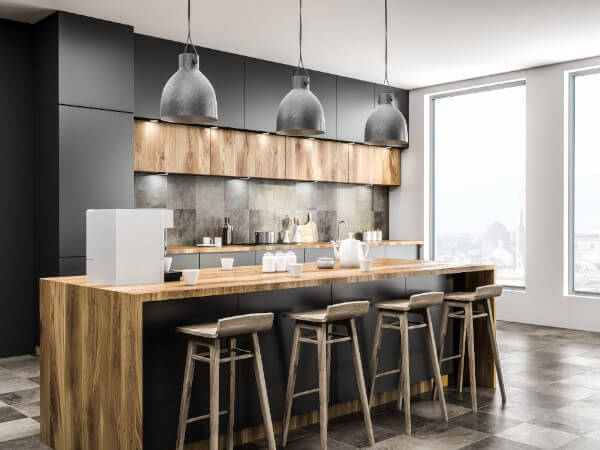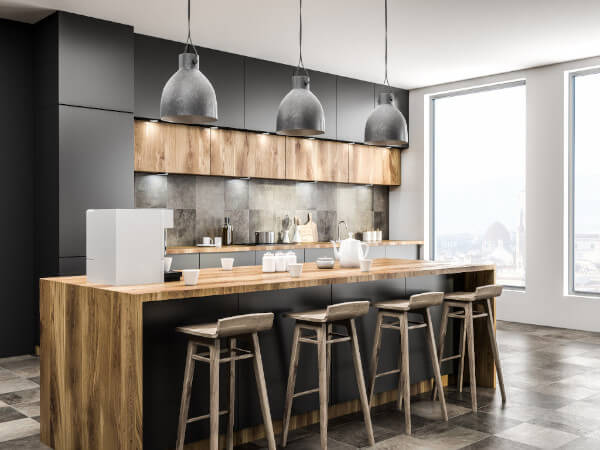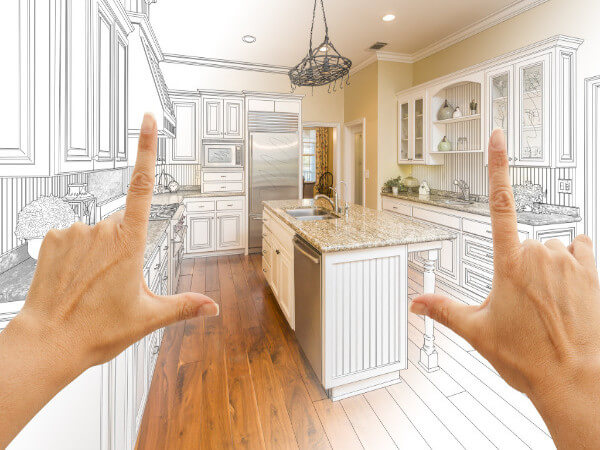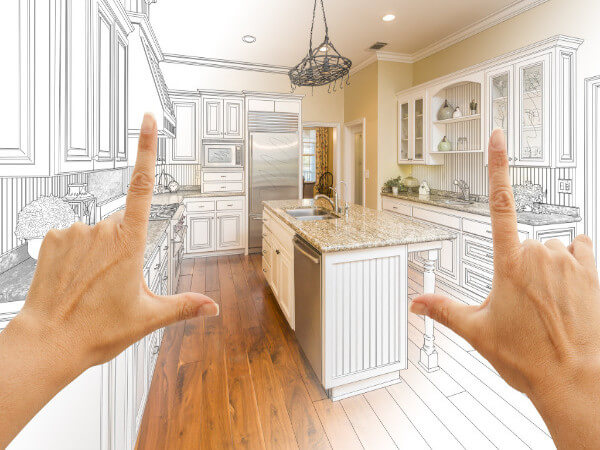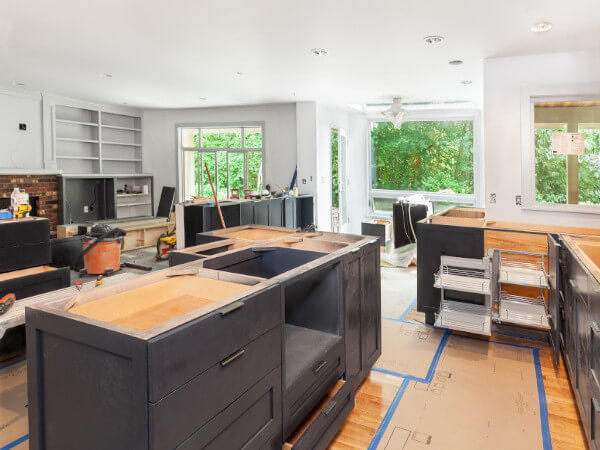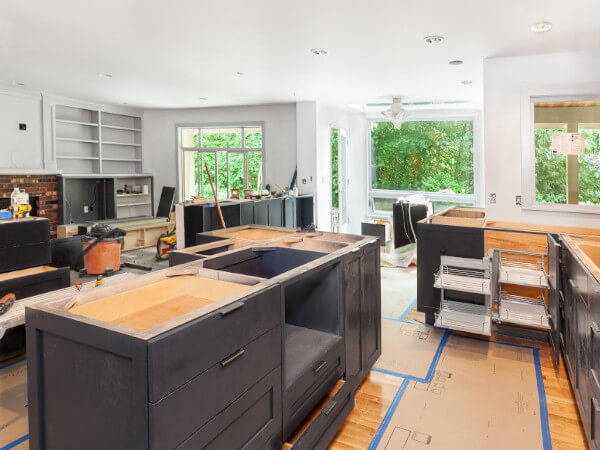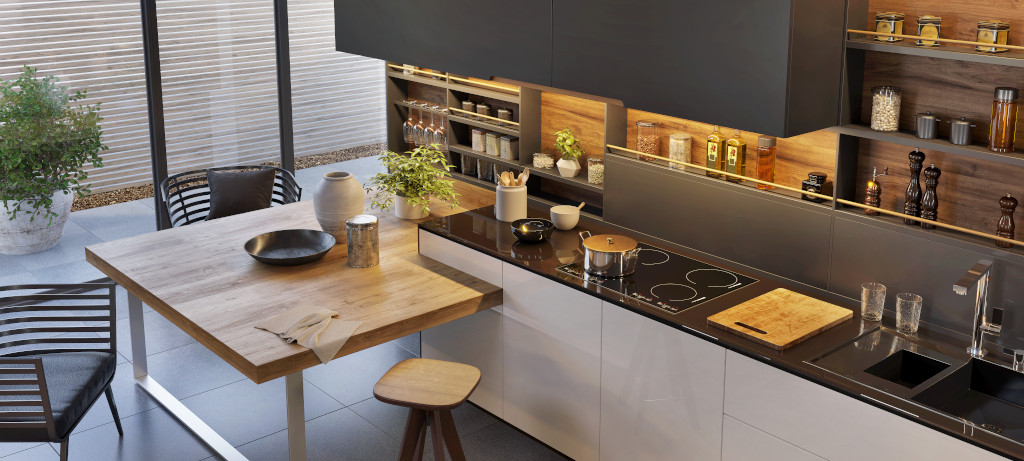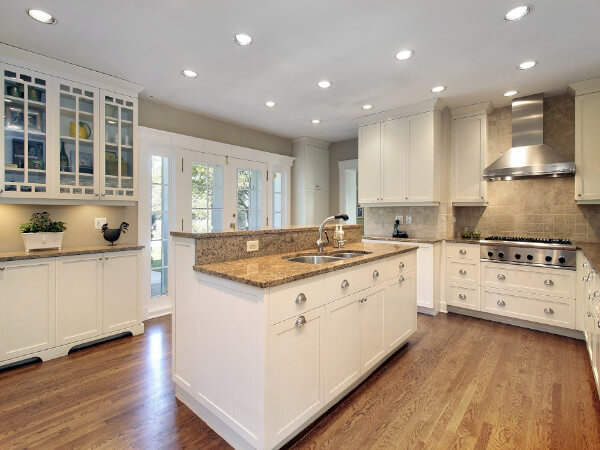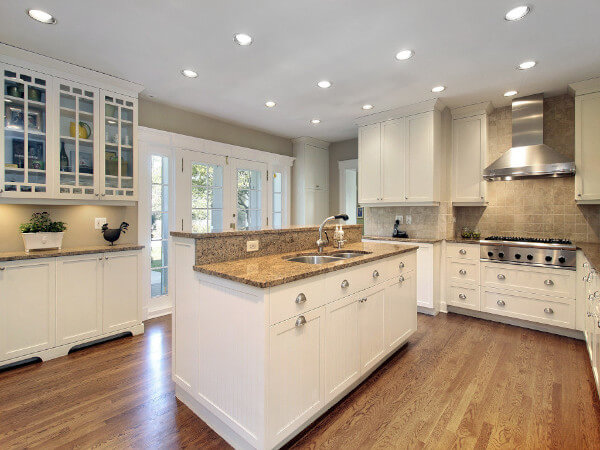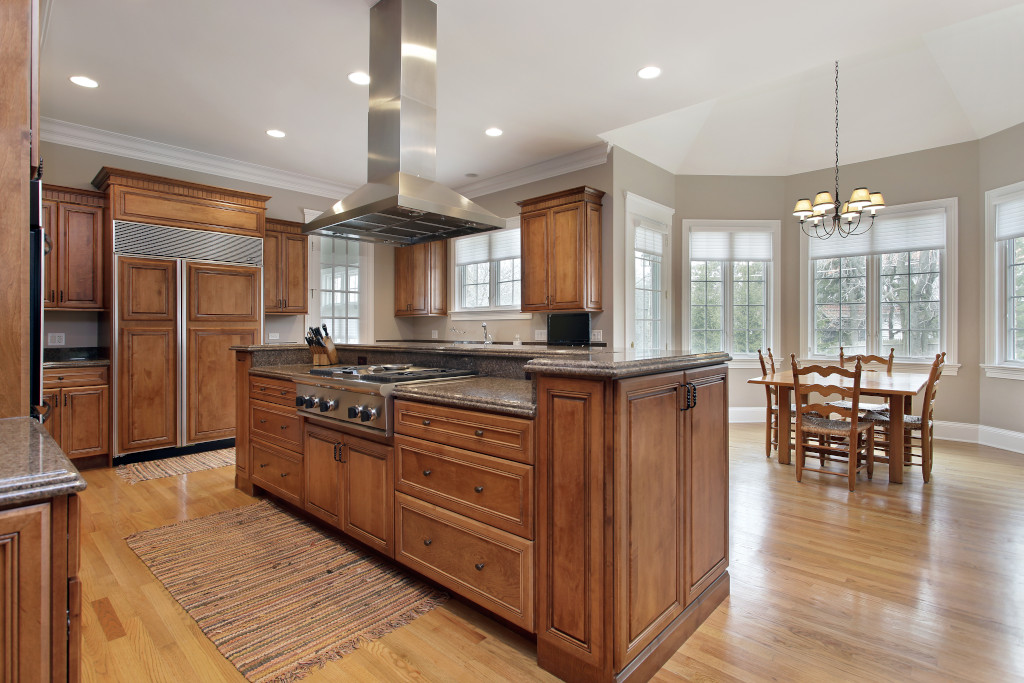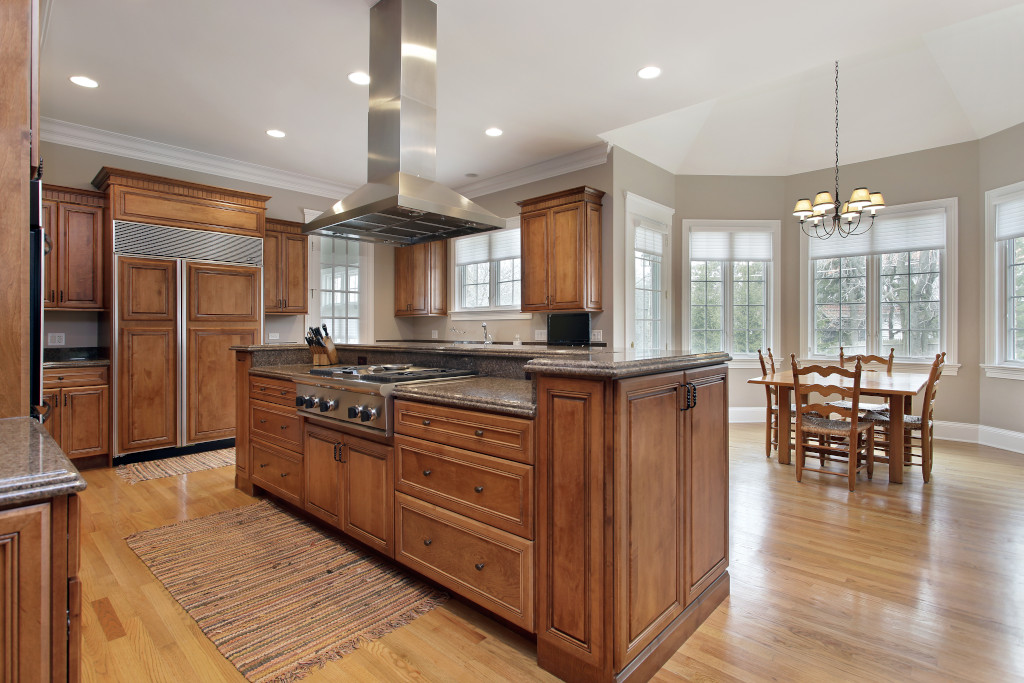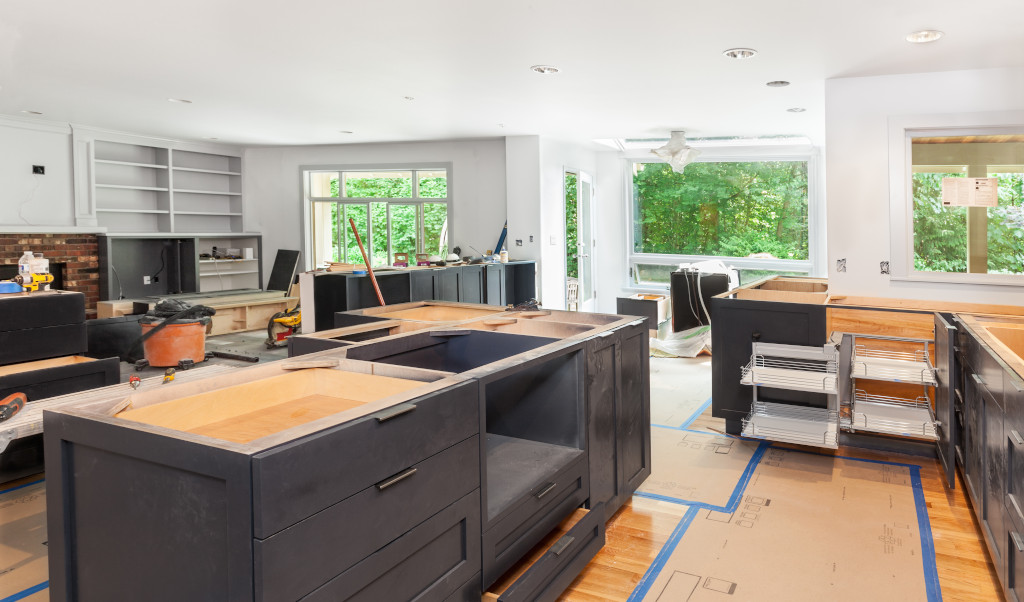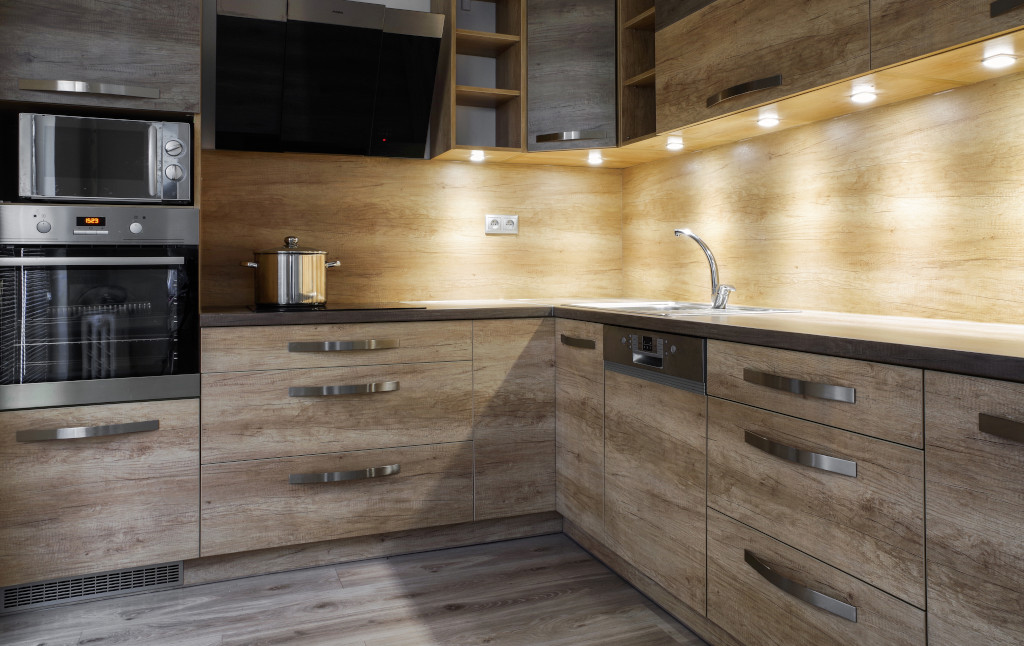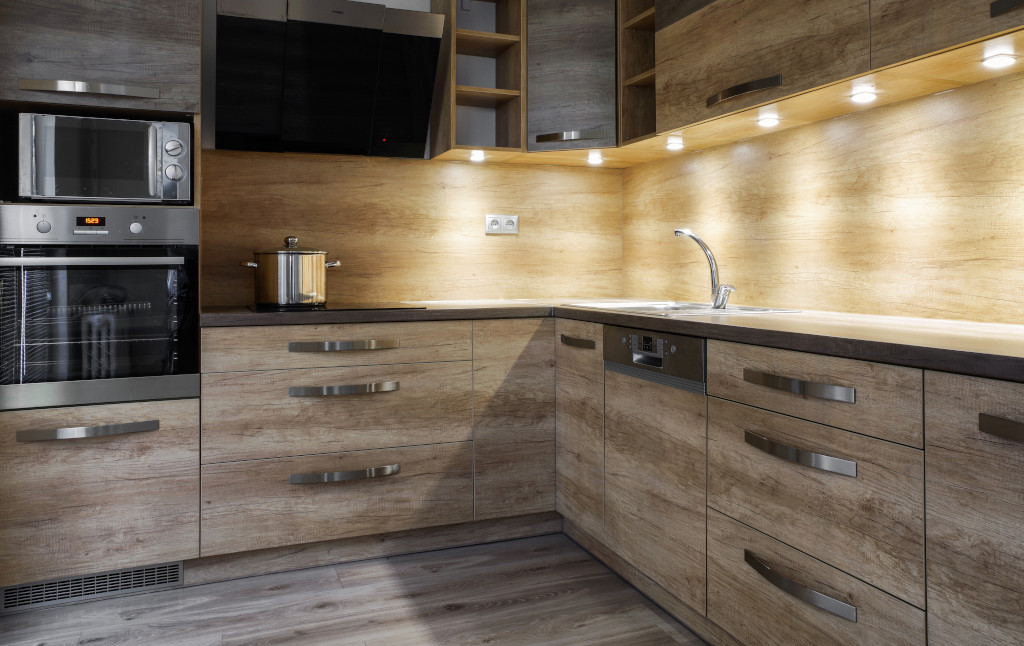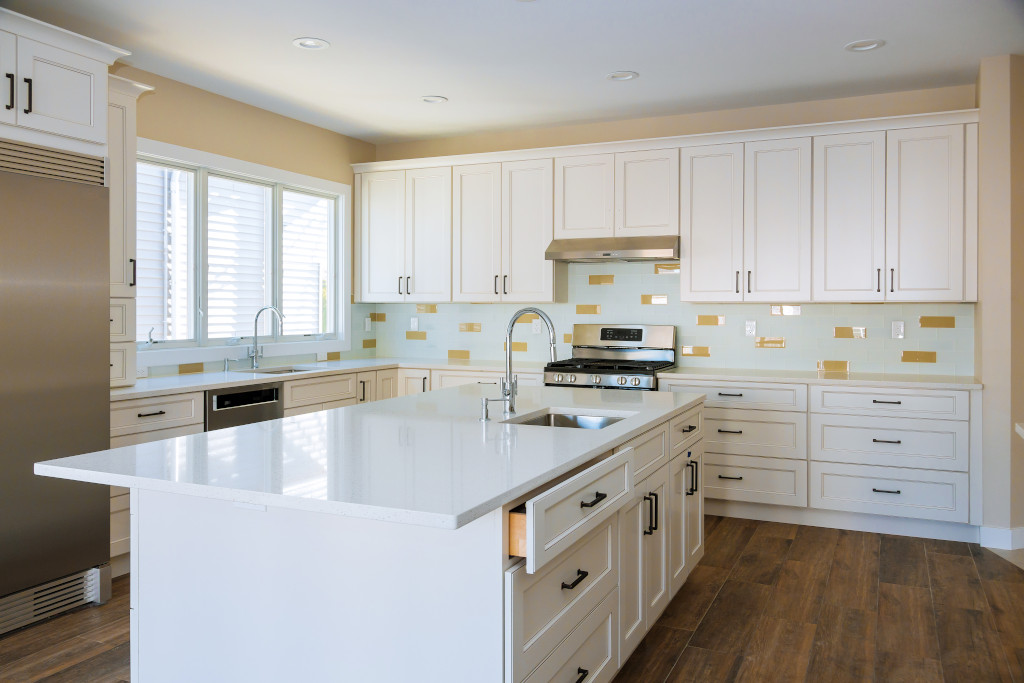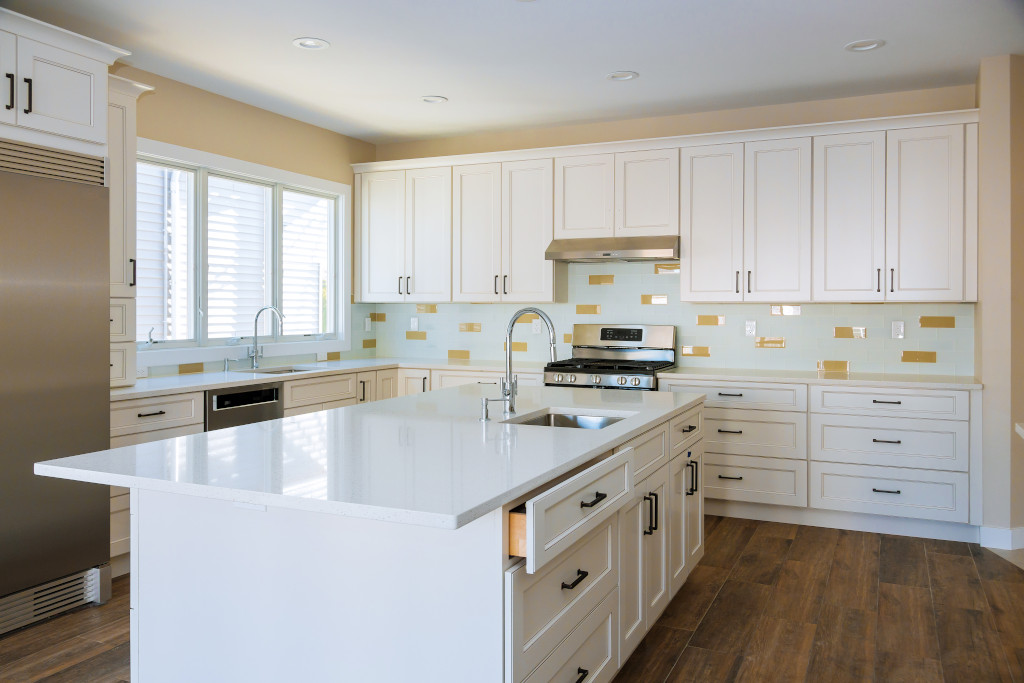The figures are shocking. Less than 25% of Americans trust the federal government to do the right thing, according to a recent Pew survey. And it’s not just Uncle Sam. Approximately a quarter of the U.S. population does not have a religious affiliation. One-third of Americans don’t trust the media to tell the truth, reaching a historic high, according to Gallup.
Can you blame people for being skeptical, weary and trust adverse? There have been monumental failures of leadership, deceptive practices, the use of “alternative facts” and outright deceit from brands, the government, public figures and media outlets that at one time offered a definitive perspective on the day’s news. Unfortunately, Walter Cronkite is not around any longer.
Becoming a Trusted Resource
How does a kitchen and bath showroom, in the midst of ongoing pandemic concerns, booming business volume and never-before-seen supply chain challenges, earn and maintain the trust of a skeptical customer base and market?
In her new book Trustworthy: How the Smartest Brands Beat Cynicism and Bridge the Trust Gap, Margot Bloomstein provides a process for becoming a trusted resource for a showroom’s client base. That road map has three parts: voice, volume and vulnerability.
Voice refers to the consistent and familiar way in which a brand engages with its market both verbally and visually. A brand’s voice elevates a showroom or design-build organization’s most important qualities and characteristics.
Volume refers to the amount of information that a brand produces and determining how much content is enough. If you review kitchen and bath showroom websites, most will feature a portrait or project gallery with lots of kitchen images. Where this use of imagery falls short is that there typically are only images without explanation of anything. It’s volume for volume’s sake, and too often it’s mind-numbing. Do you really believe that posting pictures of 50 different kitchens shouts to your customer base, “trust us”?
Showroom customers want and need affirmation. They want to feel confident in their knowledge and ability to make the right decisions for their project. They need for showrooms to make them smarter. Showrooms can earn trust by teaching their customers to trust themselves by providing information and resources that make decision making and working with a showroom easier.
At TraVek (Scottsdale, AZ), teaching customers to trust themselves begins and ends with strong communication and education. The showroom establishes trust with its market by offering monthly remodeling seminars in the showroom, sharing dinner with a crowd on average of 20 to 25 homeowners and explaining what’s involved in the renovation process, information that they need to know, expectations, timelines, how to interview and evaluate contractors and price points to consider.
TraVek’s Susan Raisanen explains that trust building begins with an initial meeting with a client at their home with all decision makers required to attend. Timelines are explained and agreed to, which is especially important in today’s environment when many showrooms may not be able to supply product or start projects for four to six months from the time a contract is signed. TraVek continues to communicate with every client that is waiting weekly with a phone call, email or text depending on how the customer prefers to receive messages. “Even if the message is nothing has changed, reaching out and having a weekly touch point says to the customer ‘you have not been forgotten, we still care about you,’ and that helps to reinforce the trust factor with our showroom,” Raisanen said.
At Murphy Bros. Design, Build, Remodel (Blaine, MN), the new supply chain paradigm has changed the sales approach. John Murphy explains, “We are completely transparent with customers, especially at initial meetings. Realistic timelines are presented, goals are established and market conditions are shared. We’ve even modified our proposals to highlight in the project scope the potential for delays at the start, in the middle and even before a project can be completed. We found that if we set expectations at the front end of projects, clients understand and they realize that other industries are experiencing similar challenges.”
Murphy Bros. also encourages its clients to select a plan B for each product type in case there are unexpected production delays and steers clients away from products that it knows can’t meet deadlines. The company also created a small woodshop in the back of its facility and retained a full-time woodworker to build custom cabinets if product is needed immediately that cannot be obtained through traditional channels.
Vulnerability refers to the uncertainty that comes from exposing your business to risk and criticism in the hope of improving, finding support or connecting with those who share similar values. Bloomstein claims that vulnerability is a corporate strength. It trades the safety of sure bets and certainty, such as three-week lead times, for choices that open the organization to risk, such as we can’t tell you definitively when your cabinets will arrive, that results in potentially greater rewards because you are being honest and setting realistic expectations.
Vulnerability is how a business makes its values visible, how it owns mistakes, how it deals with the unexpected and how values are expressed and why.
Richard Campbell (Bath, Kitchen & Tile Center with three showrooms in Delaware and one in Maryland) did not receive a positive reception from his builder clientele when he informed them of product delays and unidentifiable delivery dates. “Almost all of our major builder clients told us they were walking away, only to find that other destinations had the same problems that we were experiencing. We understand what our builders’ priorities are and started crafting solutions to meet them, such as ordering cabinets before a house is framed and working with the builder to adjust the framing to accommodate cabinet dimensions.”
Bath, Kitchen and Tile has crafted stronger partnerships with its builder clientele by working together to develop supply chain solutions. “You build trust by recognizing and explaining to clients that we are in this together. Let’s develop solutions and provide options that work, when others in the industry are resigning themselves to the belief that there is nothing they can do,” Campbell stated.
Tom Caruso (Caruso Cabinets, Avon, OH) shifted his business model to take advantage of the surge in new home construction. He, too, is ordering cabinets before a home is framed and ordering truckloads of product weekly. This has provided Caruso the flexibility to pivot when necessary and supply product based on the progress of a project, client needs and highest priorities.
Bellmont Hardware showrooms in the San Francisco Bay area have personalized communication with customers by moving to appointment only. “This enables our sales team to provide undivided attention that results in more credibility and trust with customers,” related company general manager who also happens to be named Rich Campbell.
Bath Kitchen & Tile, TraVek, Caruso Cabinets, Murphy Bros., Bellmont and others all are advising their customers not to start demolition until all product has been delivered. Most customers have resigned themselves to the longer timelines and to be patient. Bath Kitchen & Tile has been promoting a financing option to its clients that has been well received because payment does not begin until products are delivered. The company also is developing an automated communication system that updates clients on the status of their project every two to three weeks with varying messages that keep enthusiasm high, telling customers how important they are and encouraging outreach to the showroom if there are questions. The message is that Bath Kitchen & Tile wants to hear from its clients and talk to them during the wait period.
You can’t have too many touchpoints in this environment, claims Brendon Murphy (Charleston Cabinetry & Countertops, LLC). At initial client meetings, he explains the 10 stages of a project from the initial design consultation to customer sign off at the end. “Reviewing each stage of the product sends the message that we want our customers to understand what is involved and demonstrates that our approach is well organized and thoughtful, which helps to build trust,” Murphy said.
Many showrooms have found that there is a silver lining to the supply chain’s dark cloud. Tom Caruso explained, “Because of lead times, our attention to detail has never been stronger. We check and double check every order to eliminate mistakes because if there is a problem, it may take four months or longer to resolve.”
Brendon Murphy sends the message to his clients that he needs their help to get them what they want. At initial meetings, he asks clients how much they want to invest in their property and explains that, at the end of the day, his goal is to add more value to their home than the amount of their investment.
Kitchen and bath showrooms can build trust with consumers by effectively managing customer expectations, by using their voice in the right volume, making it easy to do business with them at every stage in the customer journey and to allow themselves to be vulnerable by explaining how they are addressing challenges and responding to problems with transparency and honesty. And the entire industry can benefit from the sage advice of Mark Twain, who said, “If you tell the truth, you don’t have to remember anything.”

Tom Cohn serves as the exec. v.p. of the Bath & Kitchen Business Group and president of Cohn Communications, Inc., a full-service strategic marketing and public relations agency headquartered in Bethesda, MD.
The post Earning Trust in a Skeptical World appeared first on Kitchen & Bath Design News.
Did you miss our previous article…
https://www.thegreenwoodkitchen.com/?p=260
